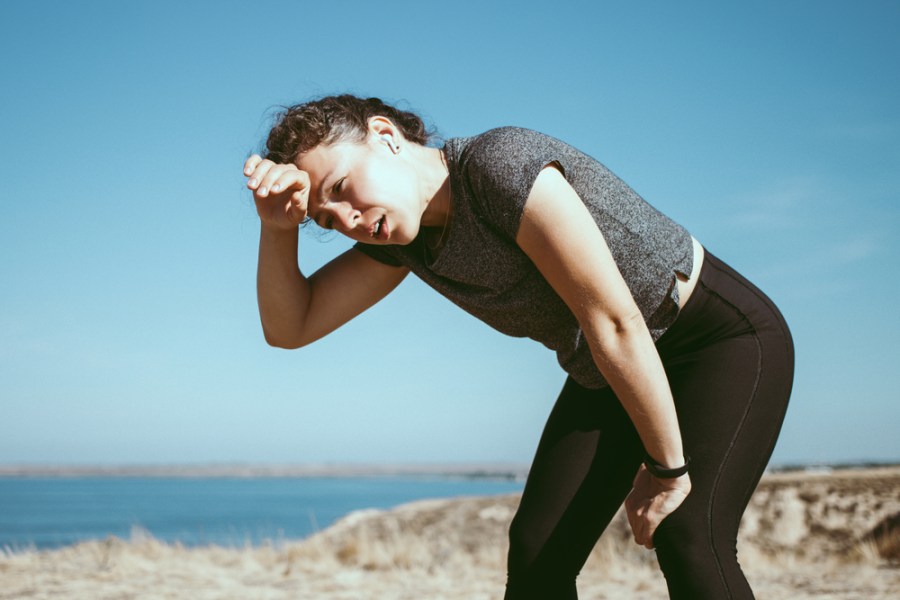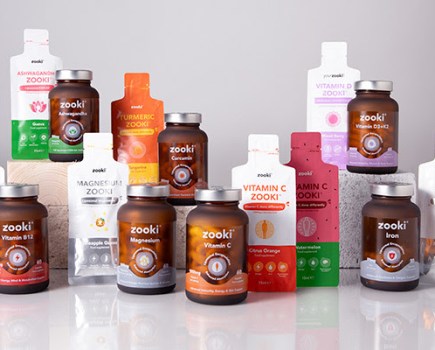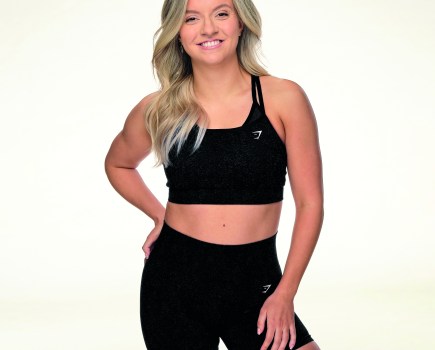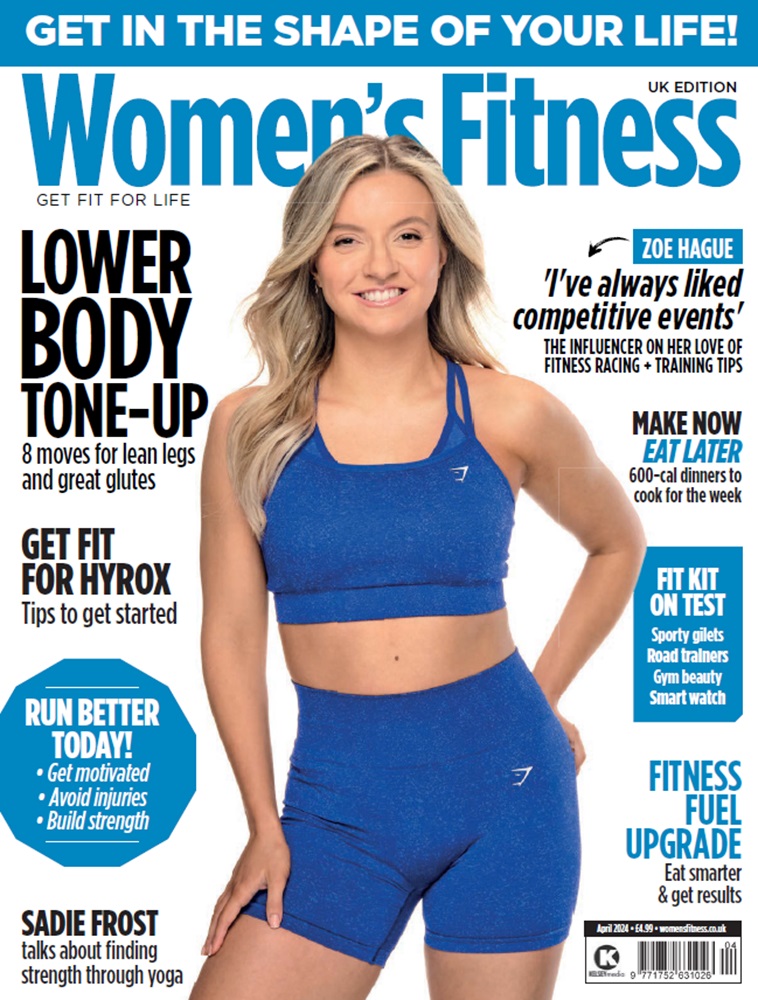Steven Virtue, Fitness Content and Programming Manager at Total Fitness, the North’s leading mid-market health club, shares five tips for exercising safely in soaring temperatures.
Whether taking advantage of the warmer weather to enjoy a run or cycle in your local park, meeting up with friends to play sports or heading to your local gym to help squeeze into last year’s holiday wardrobe, the Summer months provide plenty of good reasons to be more active. However, despite the plethora of health benefits that come with exercise, choosing to do so in the heat is not without its risks.
It’s important to establish the effects of heat on the body, in particular where exercise is concerned. Exercising in a high-temperature environment, whether that be outdoors or in the comfort of your own home, can lead to two main issues which can affect exercise performance and safety; body temperature and dehydration.
Training In a hot environment increases our core temperature which is what we know as hyperthermia. This increased core temperature can inhibit muscular endurance – the muscles’ ability to contract efficiently and repeatedly over long, sustained periods of time – and can also increase the rate in which we burn energy.
Exercising in warmer temperatures also increases the risk of dehydration which can have a huge impact on our bodily functions and performance, causing muscle cramps, confusion and increased heart rate to name a few. It is a big contributor to heat-related illness and is especially prominent when exercising in high temperatures.
With this in mind, here are five tips to help you avoid the pitfalls of exercising in the heat, stay safe while training in warmer weather…
1. Know your Limits
New to exercise or kickstarting your fitness journey? Take extra caution when exercising in the heat. You may have lower immunity to heat so take regular breaks and lower the intensity of your workout or make use of the weather forecast to plan an outdoor activity for cooler spells. High temperature and humid environments are known to cause increased blood flow to the skin’s surface and blood pooling in the limbs which can lead to a drop in blood pressure and feelings of dizziness. Know your limits and understand that even avid fitness enthusiasts struggle to operate at their best in higher temperatures, so listen to your body and know when to reduce the intensity or stop altogether.
2. Sip water regularly
Loss of fluid can have a direct effect on our gut’s ability to keep up with the rate of water expenditure and can cause a drop in our body’s ability to utilize oxygen effectively, which leads to lower energy levels as well as reduced endurance and exercise sustainability. Staying hydrated helps our bodies to sweat, leading to a cooler core temperature. Hydration should be a priority when combatting the heat so ensure you drink plenty throughout the day and whilst exercising, and not just when you feel thirsty.
3. Get the right kit
Black fitness kit is best avoided in warmer temperatures as these darker fabrics absorb heat which can put more strain on our bodies during exercise. Instead, opt for something that is both light coloured and lightweight; lighter coloured gym wear will help with the evaporation of heat, keeping you cooler for longer.
4. Avoid Peak Day Temperatures
If exercise or training outdoors is something new to you, avoid midday sun as it tends to be peak temperature and seek out areas with plenty of shade to protect you from the sun. If this is the only time you can train, exercise in a well air-conditioned gym or head to your local swimming pool to help keep you cool. If your training times are more flexible then opt to exercise in the morning or evening, when temperatures tend to be cooler.
5. Adjust to the climate
If you’re new to exercising in the heat, build up slowly as it can sometimes take a week or two to adjust to the climate. As you adapt, you can slowly increase the intensity over time or keep the intensity same and just increase the duration, try not to increase both at the same time. For example, go for a 30-minute cycle, walk or jog one day and increase to 45 minutes over the coming weeks. Or choose a less intense cycle ride for the first couple of weeks and increase the intensity on a hillier route. Lower intensity bodyweight workouts such as yoga and Pilates can also be cooler options for exercising in higher temperatures, due to the slower nature of the movements.








